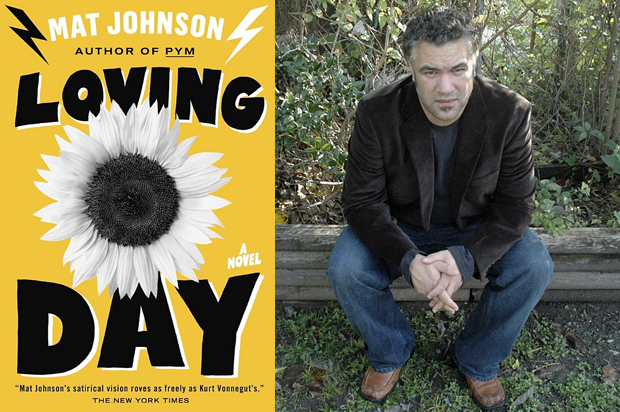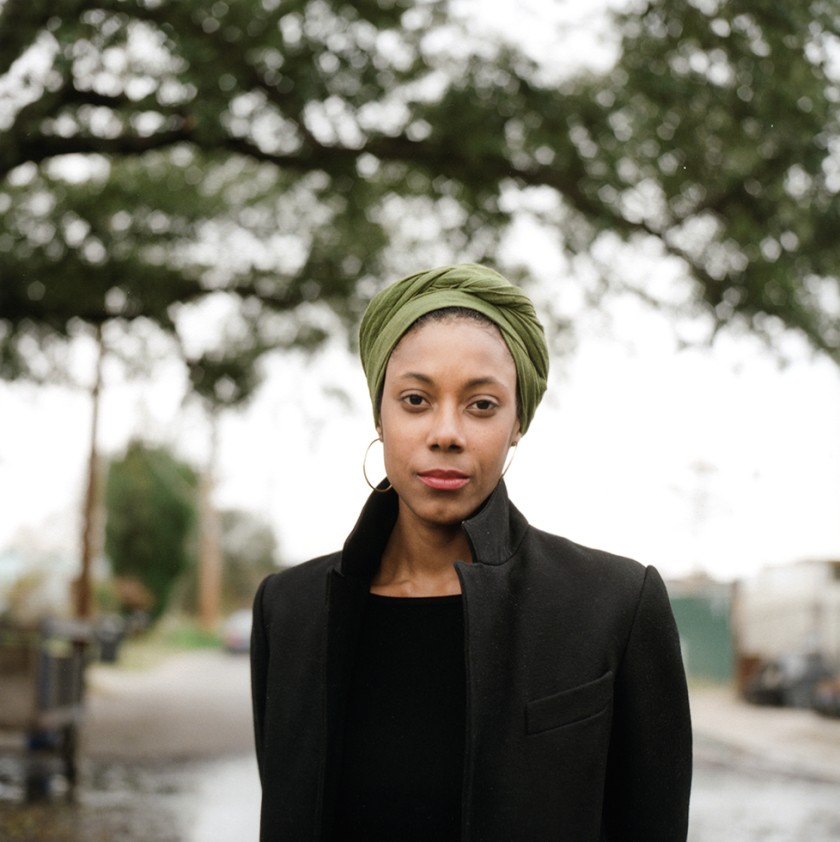 by Gary Stonum
by Gary Stonum
In electoral politics you must choose one candidate. In identity politics, it is often the same. As Warren Duffy, the African American narrator in the 2015 novel Loving Day, tells his newly discovered teenage daughter Tal, “There’s Team White and Team Black, okay? You probably didn’t even know you were on Team White.”
Of course, things are not so simple. Like author Mat Johnson, Duffy identifies as black but looks white, “the human equivalent of mismatched socks.” Repeatedly, he must perform his race in order to fit in. Worse, 17-year-old Tal, who is actually darker than her father, has been raised Jewish since her mother died, and was, as her father puts it, “casually racist.”
This may sound like the setup for a 21st century update of a tragic mulatto plot. Johnson instead writes the comic mulatto novel. Many of the scenes in Loving Day are hilarious, the literary equivalent of Key & Peele sketches expanded into a full Marx Brothers movie. But like those confections, Johnson’s plot is secondary – and generally less successful than the sharply witty observations and wacky set pieces. In this, the novel is much like Pym, Johnson’s less ambitious, more focused 2011 book that established his reputation as a satirist in the tradition of George Schuyler and Ishmael Reed.
Duffy, packing an extra dose of double consciousness because of his skin color, understands all too well the guilty satisfaction his peers take for “sitting in judgment over others for insufficient blackness.” Our protagonist notes, “Black people aren’t used to not having the final say on race in America; it’s uncomfortable.”
Learning the name of one Sunita Habersham, Duffy observes that the British identify class from accent but “in African America first names offer not only class and region but year” of birth. She predates the “celebrity insane-name movement, which means her parents were also hippies and most likely young and idealistic when she was born.”
But Duffy, back in the U.S. from Wales and a wife who has just divorced him, has more pressing problems. Broke, feckless and a failed at his chosen profession as a comic-book artist, he has inherited from his father a dilapidated, roofless, and haunted colonial mansion. It sits incongruously on seven acres of lawn in a dilapidated section of 21st century Philadelphia. To pay for the divorce and provide schooling for Tal, Duffy must either sell the heap or, better, burn it down for the insurance.
The two burdens eventually converge when Tal enrolls at the Melange Center for Multiracial Life, a would-be “Mulattotopia” squatting at first in a city park but soon decamped to the grounds of the mansion. Hijinks and heartbreaks mount among a cast of mixed-race characters, including a giant blond Thor look-alike who has renamed himself “One Drop” after the infamous rule. Tal believes the mansion is haunted by the ghosts of the Lovings, the sacred First Couple of interracial marriage, whose successful 1967 lawsuit legalized interracial marriage nationally. Loving Day, the anniversary of the Supreme Court ruling, is celebrated at the Melange Center as “Mulatto Christmas.”
Like the Duffy family lawyer who is fluent in “Caucasian, street, and brotherman,” Johnson is especially acute on speech patterns, noticing a white clerk who “keeps his expression passive and servile” and concluding that we “have truly arrived in a new age.”
New age or not, the characters here can scarcely agree what to call themselves: Mixies, mixed race, redbone, halfro, biracial, triracial, mulatto, WASPafarian and, for epithets, the matched pair of Oreo and sunflower. None names a Team.
Gary Stonum is a critic and professor emeritus of English at Case Western Reserve University.



